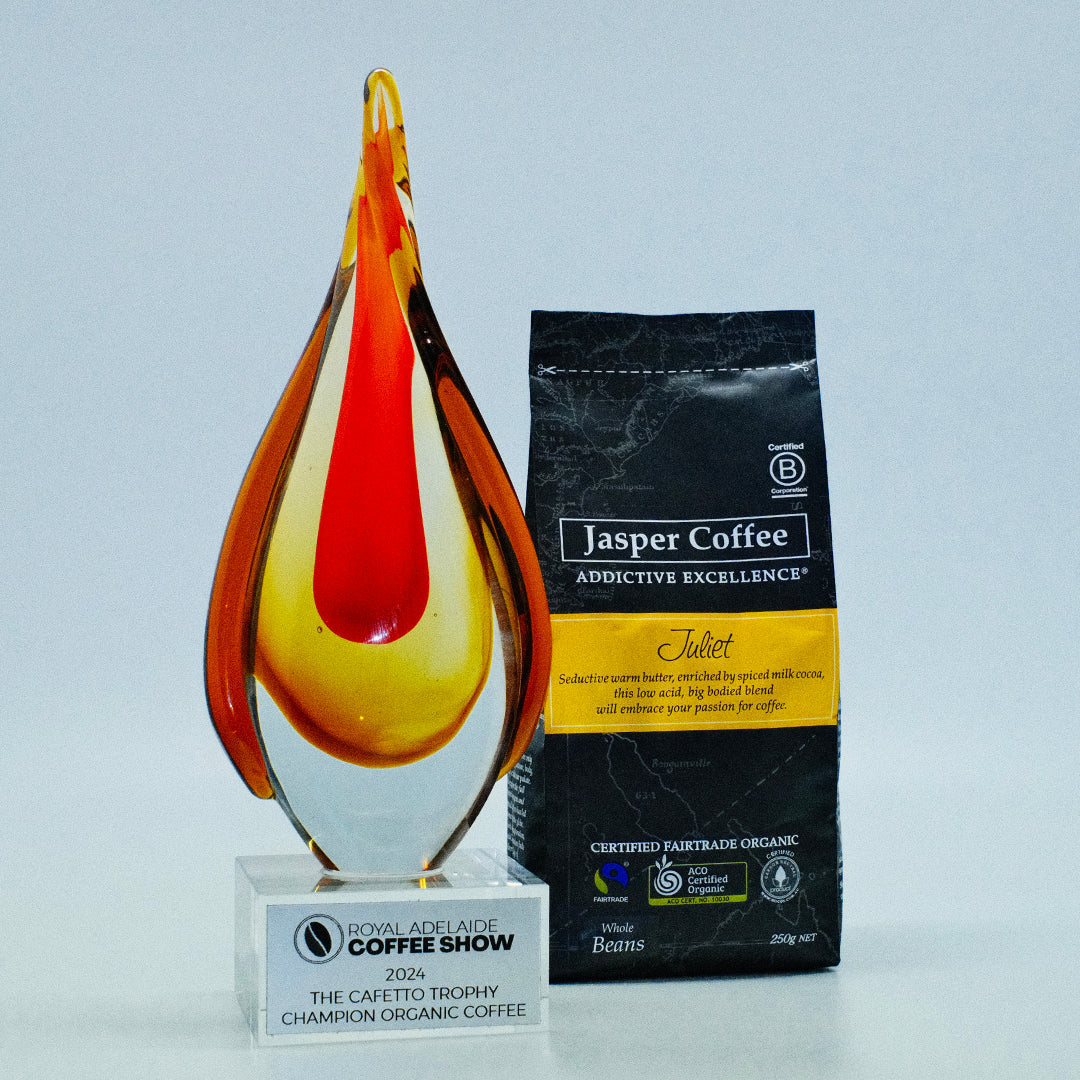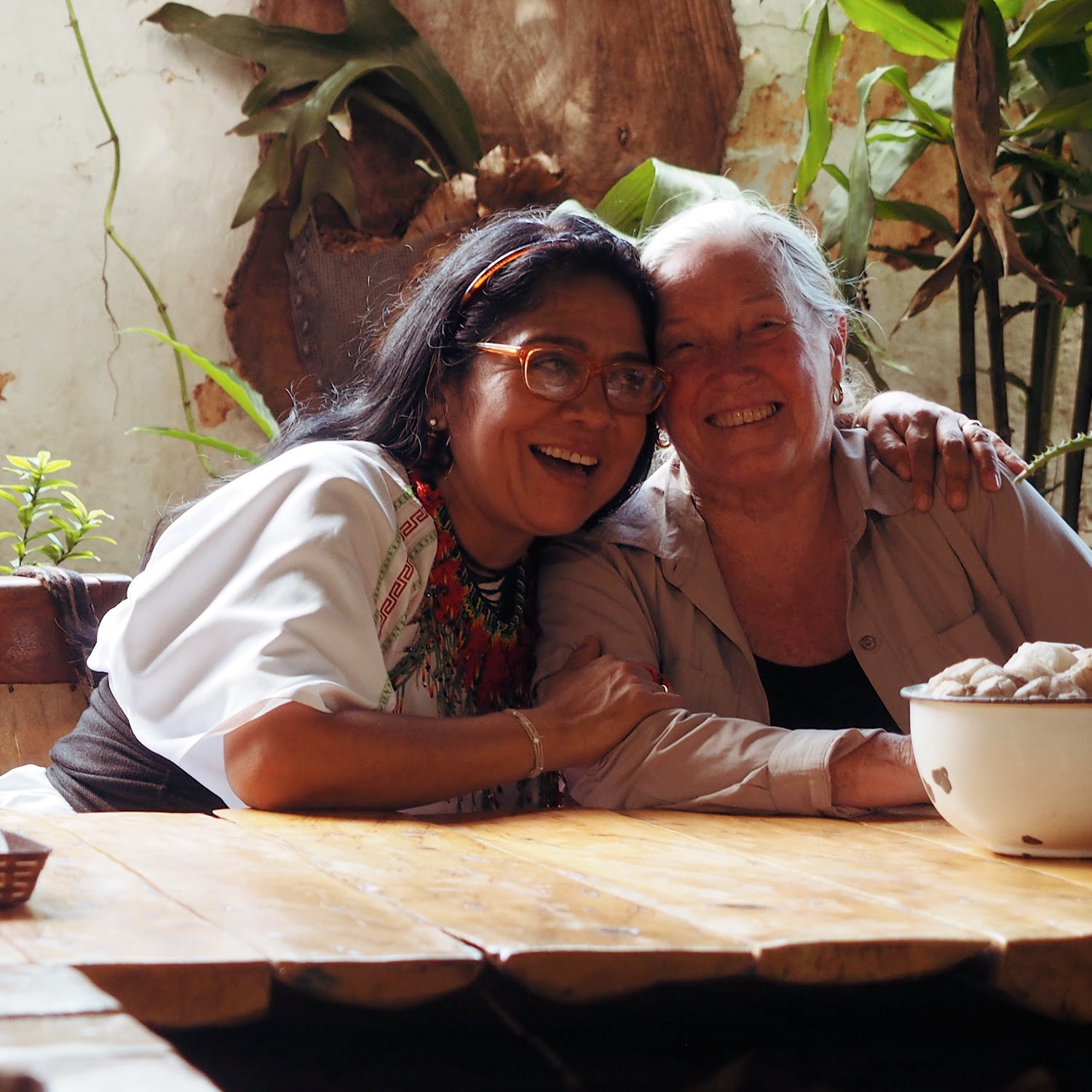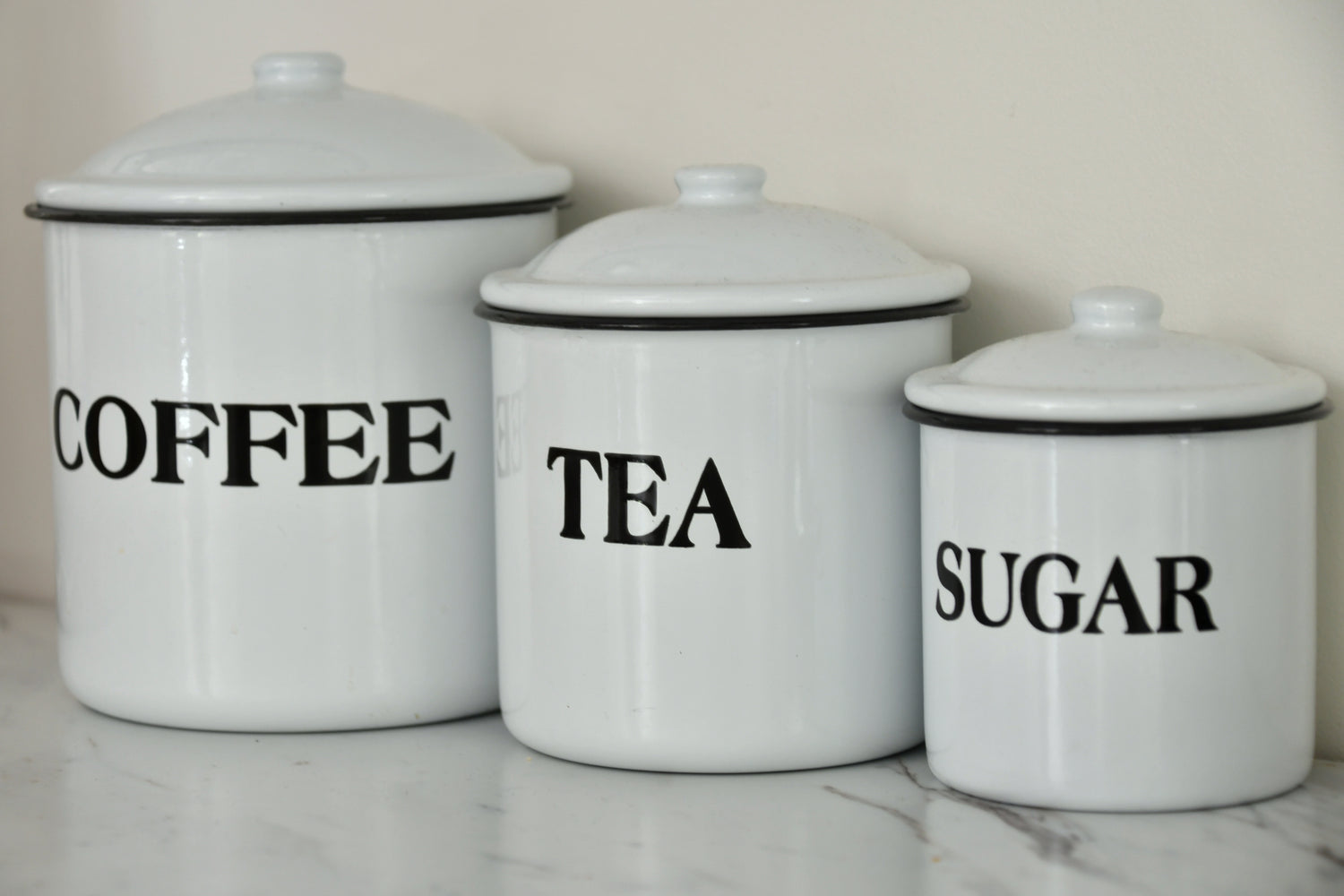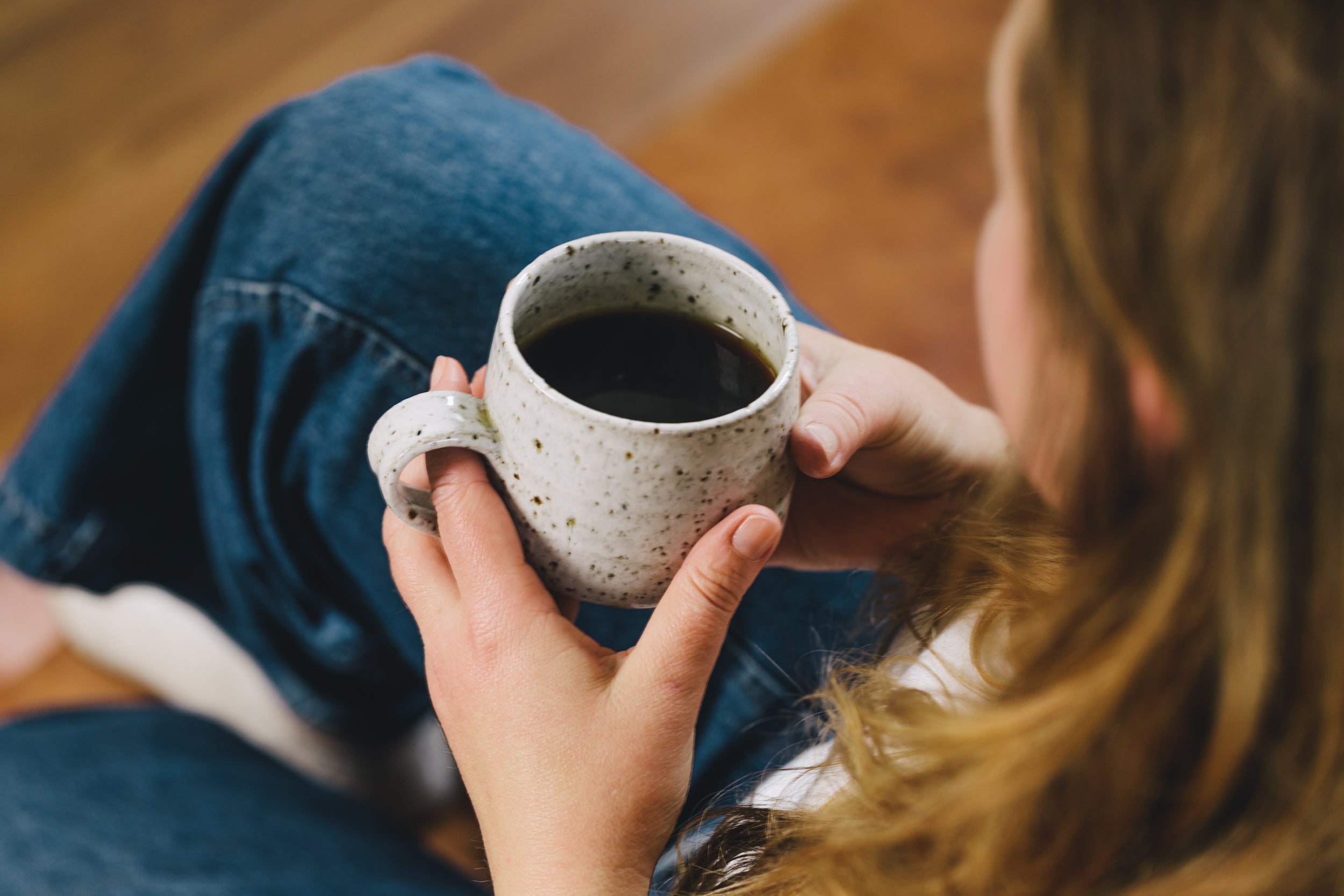So you’ve bought yourself some quality beans and want to keep them fresh? While coffee doesn’t go bad in the same way that other foods go bad, like an apple or cow milk, your brews can taste less than ideal if you don’t follow freshness best practice. In this article we show you how to keep your coffee yum and minimise food waste.
Why fresh coffee is best
The flavour in coffee comes from the oils within the bean, and they sadly do not hang about forever. Slowly but surely, they break free through the processes of roasting, grinding and brewing – so when it comes to brewing your coffee, fresh is always best for optimum flavour.
Tip:
The change of bean colour from green (raw) to brown (roasted), and the glossiness you see on the outside of the bean, that’s mainly the work of the coffee oils.
The enemy of keeping coffee fresh
Exposure to any or all of the following elements will wreak havoc on the freshness of coffee beans:
Oxygen – Coffee degrades within days when exposed to oxygen.
Light – Sorry, but pretty glass jars let the light in and make beans go stale.
Moisture – Humidity can make the beans sweat out their oils. Mould is also a thing.
Heat – Sunlight and storage near hot appliances is a big problem for flavour retention.
Won’t preservatives combat the elements?
Technically, yes. There are beans you can buy that are packed with preservatives such as the flavoured variety (which typically masks poor quality and bitterness) and instant coffees. A heads up that here at Jasper, we prefer our beans, including instant, fresh and pure.
Where to store coffee
Here’s what you need to know about storing coffee for freshness:
- Find yourself a cool, dark and dry place. Like a pantry or cabinet.
- No matter where you store your coffee (fridge, freezer, or cupboard), make sure the temperature is stable as coffee doesn't do well with temperature changes.
- If your pantry or cabinet is right by the oven or in the sunlight, your beans will heat up. Find yourself another storage spot.
- A kitchen counter or shelf is an alternative storage location, so long as your beans are in an airtight container and not situated in direct sunlight or close by a heat source.
Store beans or grounds?
Freshness fades fast when coffee is ground due to there being more surface area for the elements to interact with the oils. Given ground coffee starts losing freshness at the 20-30 minute mark, we recommend grinding beans only when you need them.
Be assured that all’s not lost if you need to purchase ground coffee or use up a ground batch you have sitting around at home – simply store it away from the elements in an airtight container. It will likely remain drinkable for up to 6 months if handled this way, but most likely won’t be as enjoyable as a super fresh batch.
Tip:
Let’s say you like to buy coffee in bulk, like our 1KG value packs for popular beans like Blend 10. How do you keep it fresh till you’re ready to use the lot? You can store the majority of it in a cool, dark and dry place (airtight container), and keep a smaller amount on tap in another appropriate spot.
Importantly, try to only open the larger container when the smaller needs topping up. This helps to minimise the exposure of air to your beans.
What is the best container for coffee?
Without overcomplicating your life, find a jar that’s air tight. Though if you want to get really serious, you can explore ‘displacement’ and ‘evacuation’ canisters that have been specifically designed for storage of beans, herbs and more. (Watch the ex-World Barista Champion James Hoffman explain it below.)
Tip:
If using a glass jar for your beans, you can test if the seal is air tight by tapping the lid with the bottom of a teaspoon. A dull thud means that the lid isn’t sealed.
What to look for when buying fresh coffee
Look for valve-sealed rather than vacuum-sealed packaging. The reason for this is that coffee releases gas – so when coffee is stored in a vacuum sealed bag, it must be aged first to avoid the gases from escaping and causing the bag to expand or burst. Valve-sealed coffee, like Jasper Coffee, can be packaged immediately after roasting without the need to age it first. The valve allows for the gases to be expelled, but it doesn’t let air in.
Top 5 reminder for keeping beans fresh
- Drink fresh ground when you can
- Airtight storage
- Keep them at a stable temperature
- Get a set and forget small bag coffee subscription
- Store bulk coffee in one container and keep a separate small container for daily use














